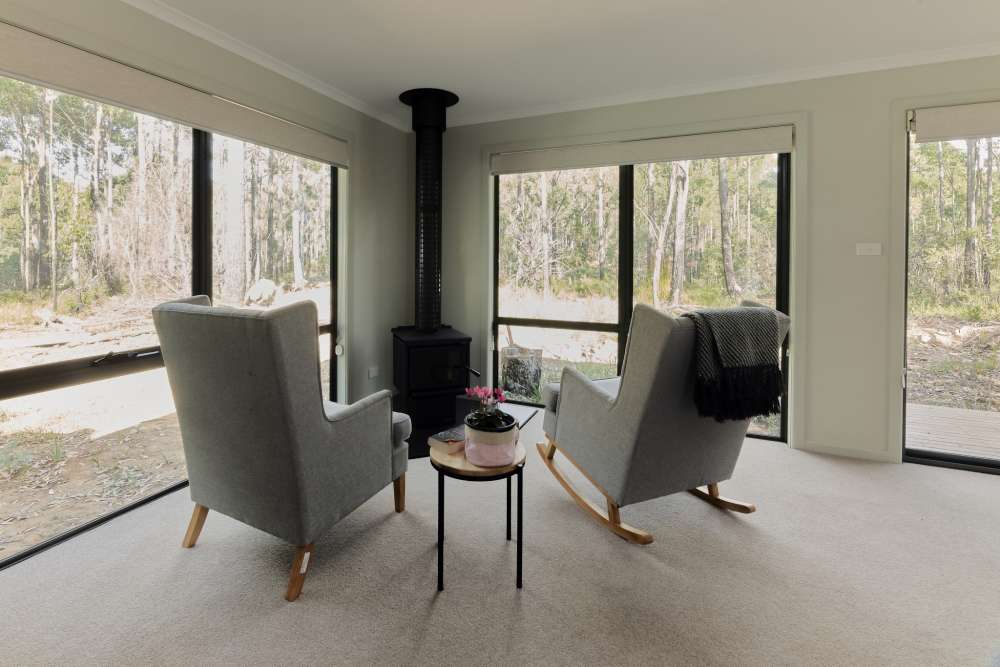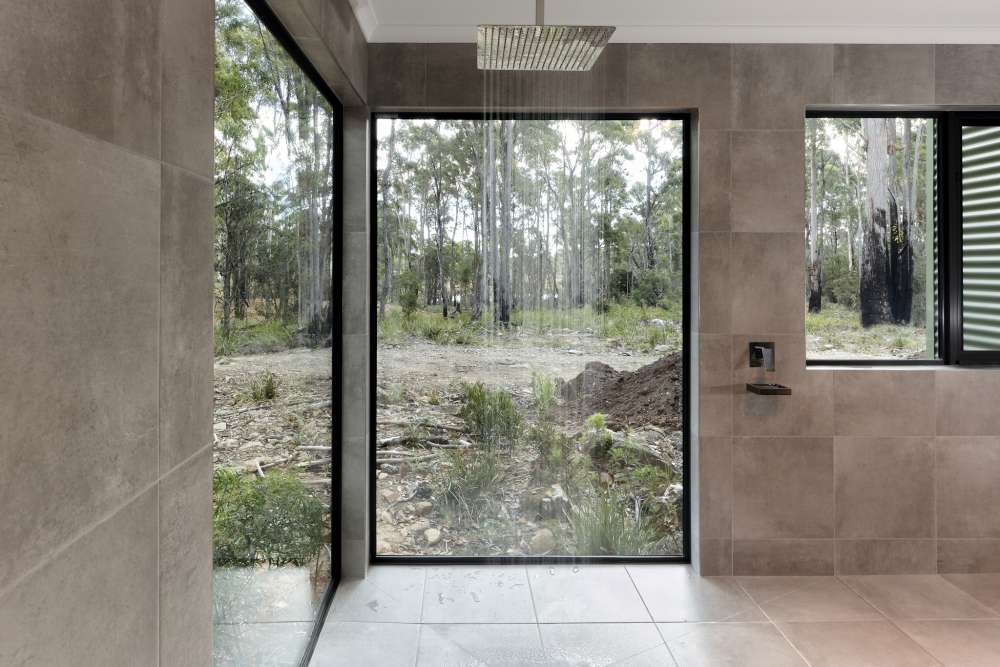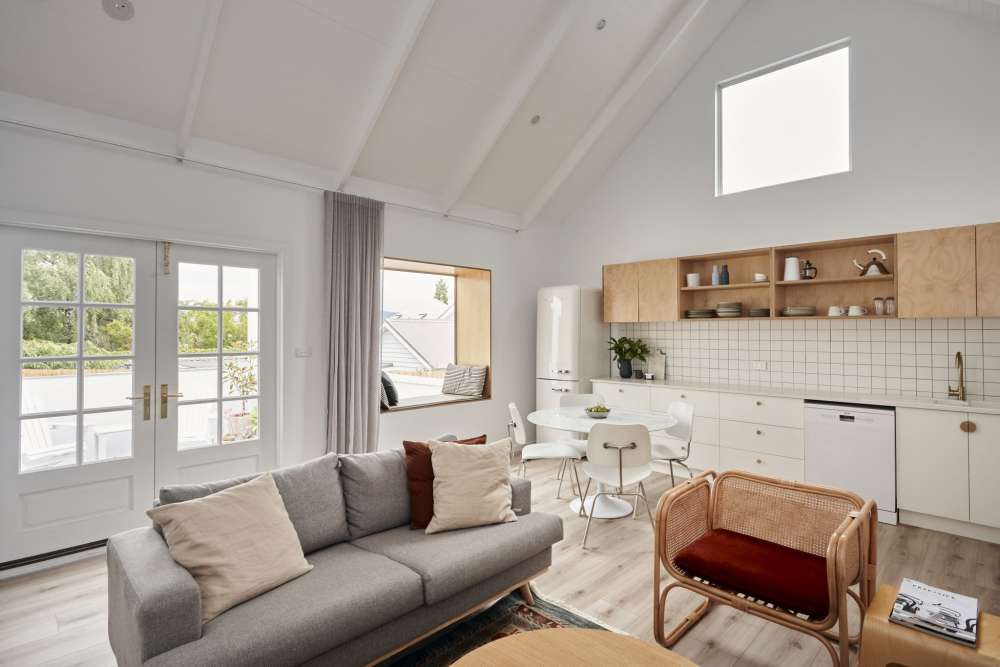Receive your free home designs brochuresRequest Now
Biophilic design promotes peaceful living
Biophilic design in architecture and interior design is growing momentum.
Biophilic design in architecture and interior design is growing momentum and entire cities have devoted efforts to incorporate natural systems into their urban designs. In a nutshell, biophilic design uses natural elements in construction materials and interior design, focusing on plant life and daylight, ventilation, water, and natural materials. Biophilic homes incorporate these principles to promote balanced, peaceful living.
There is considerable scientific evidence that this type of design improves productivity, aids focus, reduces stress, aids recovery from illness, and positively impacts mental health. It also goes hand in hand with sustainability.
Some design elements include using skylights for natural light; indoor plants and living walls and rooftops; water features; curved walls; large floor-to-ceiling windows to capture the landscape; open-air atriums allowing sunlight and fresh air into the interior of a building; along with images of nature and neutral colours that mimic the natural environment and natural materials such as stone and wood.
There are a few renowned examples of residential buildings worldwide. One example is Am House in Long An Province, Vietnam was a collaboration between Am Design Architects, Time Architects and Creative Architects. Am House combines neutral tones, natural materials, and indoor/outdoor living, to create a rural oasis 45 minutes from the bustle of Ho Chi Minh City.
A moat with koi fish cools the interiors, and the thatched roof reduces solar heat gain. The main living area comprises a lounge and dining space lined with folding glass doors that can be opened to connect the interior with the outdoors and the pond directly outside the living spaces extends around the corner of the building and contains a sheltered outdoor deck that is connected to the lounge by a line of steppingstones.
Biophilic design principles can be applied in even the smallest and most modest of spaces. Tasbuilt is proud to have collaborated to build a number of great examples that help to create calm and improve well-being.
A modest, yet remarkable, local example is the Nunamarra Forest House with a concept designed by Murray and Fiona and brought to life by Tasbuilt. Floor-to-ceiling windows frame the soaring forest trees and a neutral colour palette creates a sense of calm in every room of the home. The bathroom especially is a treasured refuge where nature takes pride of place with spectacular sweeping forest views from the shower complemented by the marbled benchtop and light grey stone tiles.


Tasbuilt has been fortunate to work with many clients to add biophilic design touches to their homes. From raked timber ceilings to covered decks; skylights and floor-to-ceiling windows; to natural stone, wood and brick features, each element adds both practical and beautiful features for more comfortable and healthy living.
One example is a client’s home in Dolphin Sands, where in addition to large windows capturing the water views, the wide span, double-glazed sliding doors also feature a unique slatted timber, sliding barn door to allow for full ventilation and sun shade as required depending on the weather.

Even compact houses in the heart of the city can incorporate the principles of biophilic design. Tasbuilt worked with a client and their tiny block in central Hobart on a 60m2 home. Soaring ceilings, a simple timber kitchen, a neutral colour palette, organic artwork and a unique indoor/outdoor reading nook capture the essence of calm despite the location.


There are thousands of clear examples and virtually endless ways in which residential construction and interiors are embracing these design principles to keep people connected to nature even in high-density cities - from natural materials to living plants, murals and outdoor seating areas and increased natural light and ventilation.
Talk to one of our Consultants on 1800 639 310 to help you create a place for well-being and productivity without breaking the budget!

